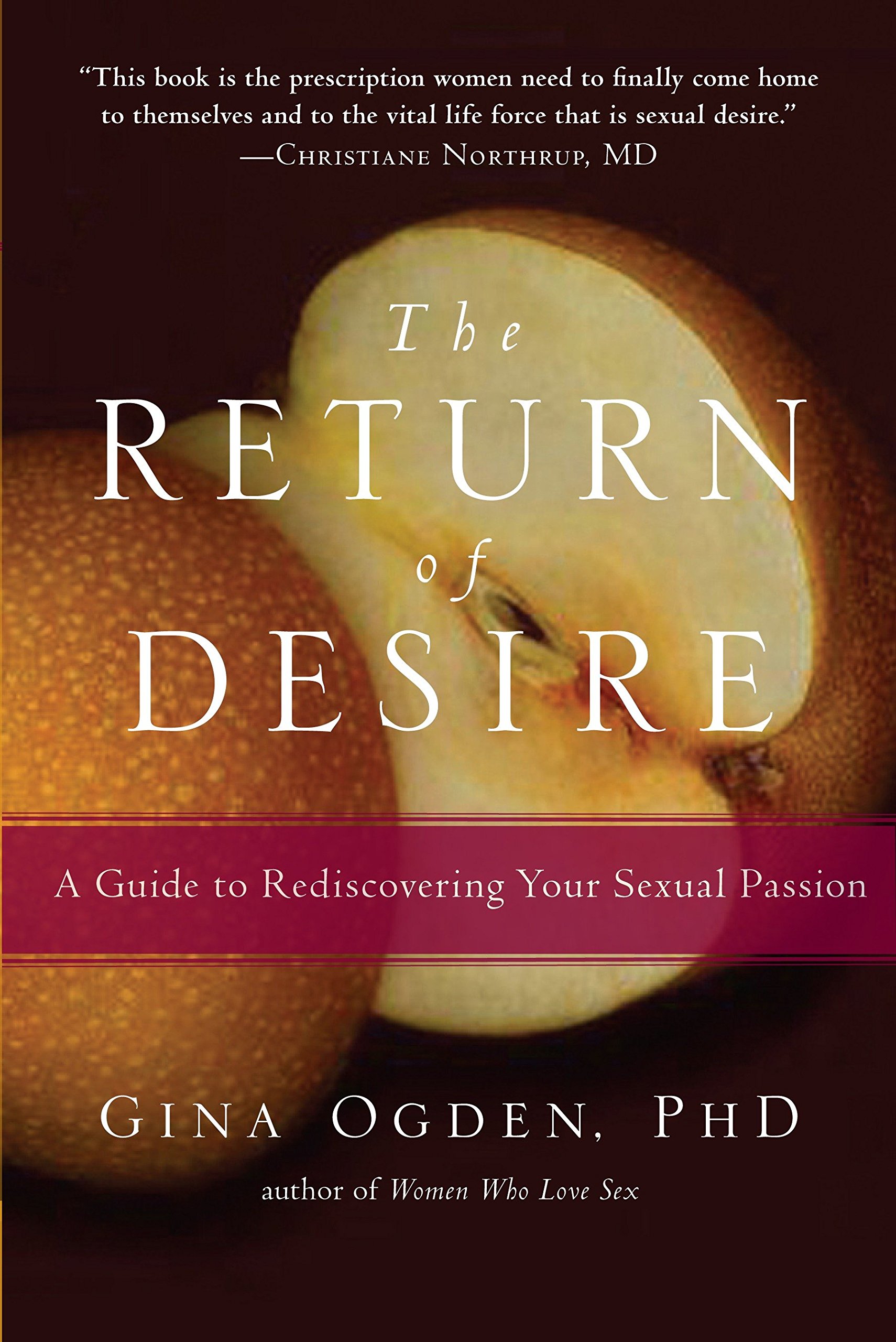By Julie Ebin
Many books on sexuality and desire seem to zoom in on the physical how-to or on specific worlds – sex tips, aspects of kink, tantra, and reproductive health, to name some specifics. Few, if any, focus on how women specifically make meaning of sexuality and desire, and how they are intertwined with our lives beyond the bedroom. Gina Ogden’s recent books, The Return of Desire and The Heart and Soul of Sex, are a refreshing exception.
Both books draw on a unique model Gina developed, called the ISIS circle, which draws from her research on the connections between sexuality and spirituality, her many years of practice as a sex therapist, and her study of shamanism. The model uses multiple entry points into exploring sexuality, rather than a how-to formula. The books are written in a conversational style that invites in, not at all clinical or medical in tone. They are easily accessible while still spelling out both concepts and practical exercises.
In The Heart and Soul of Sex, Gina first sets the stage with a review of books and popular messages related to women’s sexuality. Next she discusses her nearly 4000-person online survey on women’s sexuality, including the wealth of responses to the survey that showed the relationship between sexuality and spirituality. Although I enjoyed reading the background and survey responses (especially the amazing quotes from the survey responses), I was also a bit impatient to get to the good stuff – how was this book going to help me personally? Finally, in the third part of the book, she discusses the ISIS circle model in detail, including a theoretical framework, and yes, reflective questions, suggested activities, and meditations that I could do on my journey.
In the book Gina lays out the ISIS circle, which describes four quadrant aspects of sexuality: physical, mental, emotional, and spiritual. Gina invites us to explore how we relate to each of these aspects, and how they interplay within us as well. Th rough any or each of these four elements, she explains, we may journey to a sense of sexual connection with ourselves, a partner, or the broader universe. Th is book spoke to me because it went beyond looking at just one aspect of sexuality (like a lover focused only on certain key areas!), and instead took a holistic approach. Th e book is also egalitarian about the gender of the reader’s partner(s), and makes no assumptions.
The Return of Desire also uses the ISIS circle to help us understand our sexual desires, or what gets in their way. The book is a transformative starting point for examining our sexual selves in the context of our whole lives, including the context of Western society. For example, Gina writes how one client’s solo sexual experience changed the rest of her life, “[S]he’s now less prone to judging others or trying to control them. Having so fully experienced that most intimate of sexual partnerships – with herself – she says she’s able to reach out more confidently and compassionately into the world around her. Gina leads the reader through various challenges to desire and how to address them, from giving birth and raising children, to gender differences, abuse and trauma, and losing oneself in a partner. She outlines other considerations relating to desire as well, such as polyamory, same-sex attraction, and comfort with oneself. The book is organized in such a way that you can skip around and pick and choose the topics that are most relevant to you.
While much of The Return of Desire seems to be written with female-male relationships in mind, Gina frequently reminds us that most of the same principals apply to samesex relationships, and includes a chapter on “Living Curly in a Straight Culture.” This chapter not only gets into the usual Kinsey framework but describes the impact on your love life of questioning your sexuality, the myth of lesbian bed death, and most importantly, quotations and descriptions of the power and amazing joy that being lesbian and separately, being bisexual can bring. She describes one bi woman’s experience. “For her, this sexual blending of female and male was more than the physical pleasure, or the novelty, or the thrill of bending rules. It was a true wrinkle in time – as if she had stepped into a realm beyond her knowing. And the experience transformed her life.” Much of the book also includes information and exercises relevant to women who are single.
I highly recommend both books for anyone who is interested in a new approach to understanding and improving their sense of sexual connection. Happy reading!
Julie is a bi poet, dancer, and health advocate living in Cambridge, MA. Her poetry has appeared in Bi Women, Getting Bi, and The Fence.

